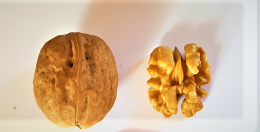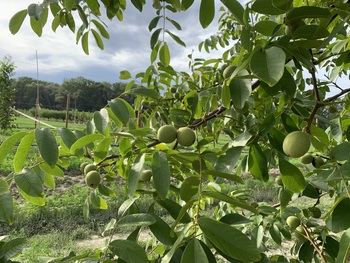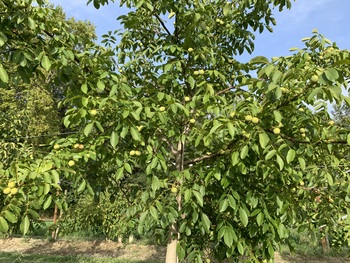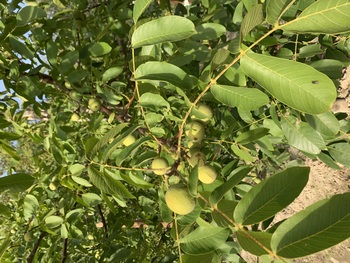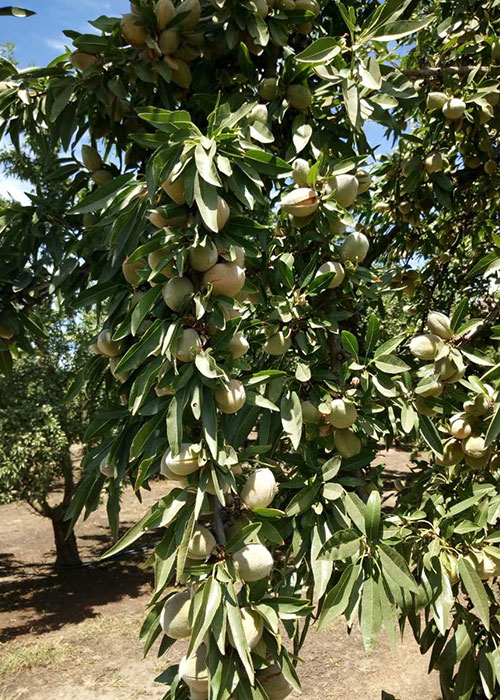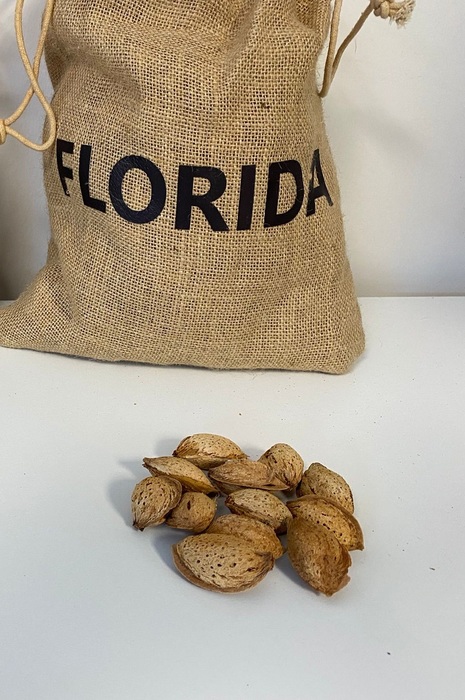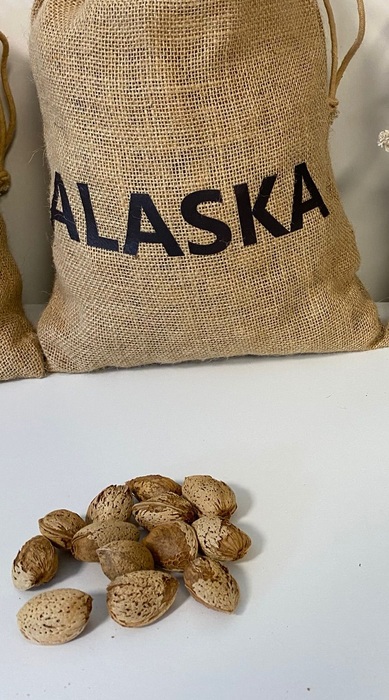Our fruit varieties
Red apricots
Noix Barquesa (cov)
Cette nouvelle variété de type "Chandler" présente une évolution qualitative importante avec un calibre dominant supérieur et une meilleure productivité.
Son débourrement tardif (5jours après Ferbel®) permet de limiter les risques de gel printanier.
Très bonne qualité de fruit.
Faible sensibilité à l'anthracnose et à la bactériose.
Intellectuel property
Breeder : Mr. François Vez
License manager : INTERNATIONAL PLANT SELECTION
Tree
Port : semi étalé
Vigour : forte
Flowering time
Pollinator : Fernette, Franquette, Fernor (3 à 5% de pollinisateurs recommandés, en quinquonce)
Fruit
Maturity : 0j Ferbel (témoin)
Size : 85% des fruits ont un calibre supérieur à 38mm - poids moyen de 20g
Organoleptic qualities : cerneaux parfumés de très bonne qualité gustative
Shape : fruits oblongs de type Chandler, bords de suture de la coque non marqués, point pistillaire non marqué.
Fruit skin colour : Coque lisse et peu rugeuse, épaisseur moyenne, très bonne résistance aux manipulations
Flesh colour : cerneaux de couleur claire et brillants, avec une majorité d'extra, très bon remplissage de la coque
Potentiel de production estimé à 5000kg/ha en 6ème feuille.
Rendement en cerneaux très élevé : 45-50%
Mise à fruit rapide, fructification sur bois 100% latéral, très bien adapté à la conduite en axe
Enoisage facile
Our suggestions
Walnut Barquesa (cov)
Maturity : 0j Ferbel (témoin)This new variety type Chandler presents an important qualitative evolution with a higher dominant size, extra quality of kernel, lower need of chilling hours than Chandler (600) and excellent productivity.
The strong vigor of BARQUESA does not penalize its quick fruit set.
Its late budburst period (LARA period, 5/6 days after FERBEL) limits the risk of spring frost in risk areas.





